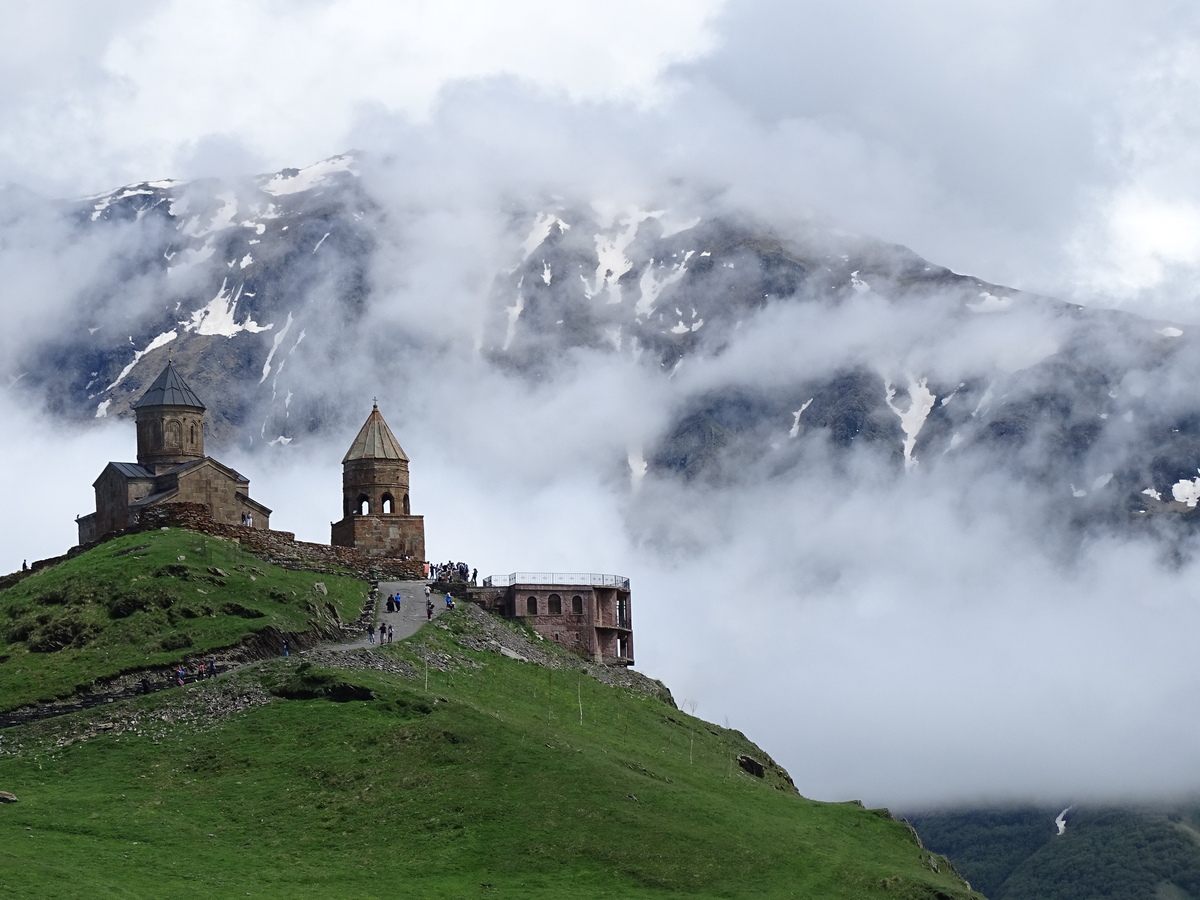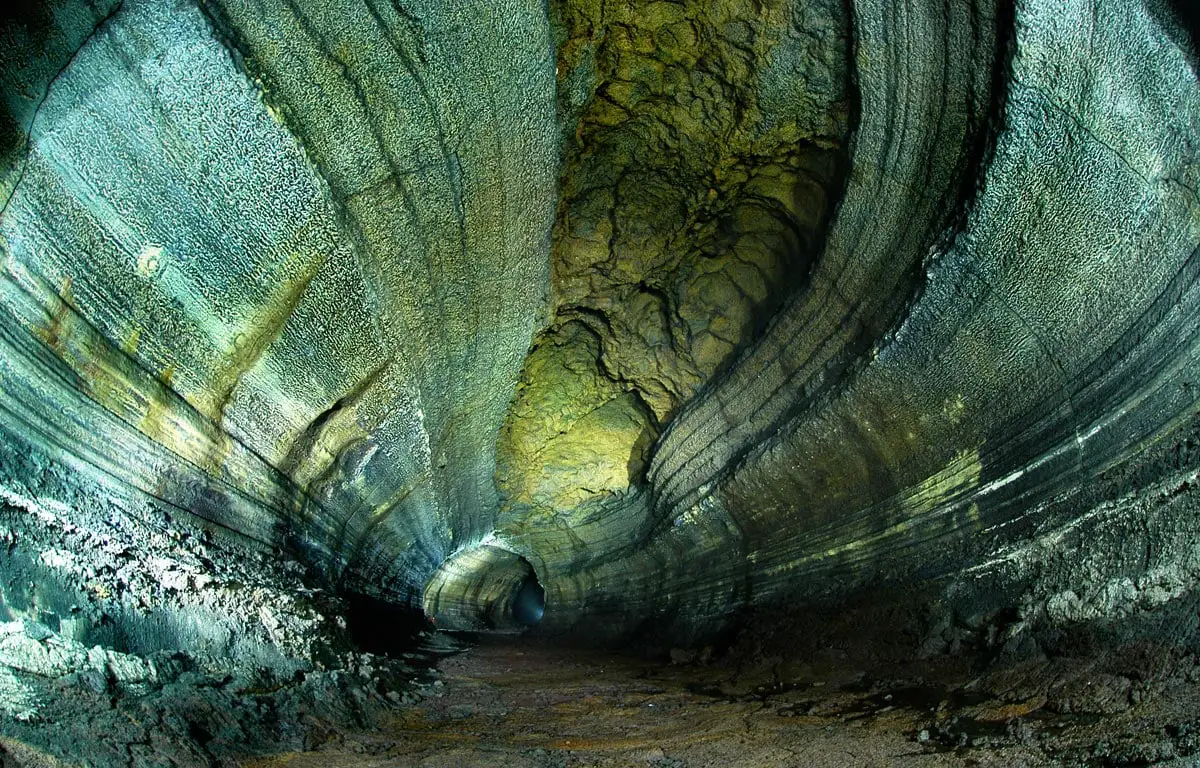 In short
In short
The world’s deepest (known) caves are located close together in the Western Caucasus, Arabika Massif. The third deepest cave – Sarma Cave (1,830 m) is located in these gorgeous mountains as well.
 44.8%
44.8%
GPS coordinates
Name in regional languages
Length
Depth
Map of the site
If you see this after your page is loaded completely, leafletJS files are missing.
 In detail
In detail
History
The gorgeous Arabika Massif in the Greater Caucasus contains the world’s deepest caves, such as Veryovkina Cave, Krubera Cave and also the third deepest cave in the world – Sarma Cave.
For decades these mountains were researched by speleologists but only in 1990, a researcher from Irkutsk speleologist club “Arabika”, Sergey Schipitsin noticed a narrow aperture. He felt a strong air current from this fracture – a sure sign that there was the entrance to a large cave. Hence the cave got its name: sarma, the name of a strong, cold wind over Baikal Lake.
Three days were needed for explorers to pass through the first 4 meters in the cave, but then better passages were reached and they descended to a depth of 260 m. In 1991 they reached a depth of 310 m and barely survived a flash flood. Such flash floods were a frequent danger for future expeditions as well.
Further exploration was hindered by the war in the region and even the first Russian expedition that returned there in 1998, experienced armed robbery. Nevertheless, already in 1999, the exploration continued.
The current depth of the cave was reached in 2012 by the team of Pavel Rudko.
The research on the cave continues and speleologists have hope that it may be connected to the nearby Veryovkina Cave. Such a cave system would be the deepest cave in the world.
Description
Sarma Cave is a karst cave that formed in the Upper Jurassic and Lower Cretaceous limestone.
Entrance in the cave is located at the height of some 2150 m above sea level.
The cave consists of a series of vertical pits and steep passages between them. It could be divided into three parts, where the upper part ends at the bottom of the 263 m deep Champion pit. The depth of the cave reaches 420 m there. The second part ends with the ending of the Long (Долгий) passage at the depth of 900 m. Then follows the complex third part with a sequence of passages and pits up to the depth of 1830 m.
Cave is closed to tourists but speleologists consider this to be an unusually beautiful cave.
In Sarma Cave are known two rare species of cave isopods: Zenkevitchia sandroruffoi that lives in depths up to 350 m and Adaugammarus pilosus (both discovered in 2011) that lives in great depth, between 1270 and 1700 m and is known only in Sarma Cave.
References
- Пещера Сарма план, 2021. Accessed on 3 October 2022.
 Linked articles
Linked articles

Wonders of Georgia
There are few small countries in the world with such a distinct culture and richness of natural and man-made landmarks as Georgia. Here evolved several distinct writing systems, own architectural styles, and art styles.

Caves
Every year there are reported exciting discoveries of new caves and discoveries of new qualities such as cave paintings in the ones known before. But there still is a feeling that our knowledge covers just a small part of all these monuments of nature.
Though, those which are known to us, offer a surprising diversity of unusual features and impressive sights.

Wonders of Asia
Any other continent (and part of the world) seems small if compared to Asia. This refers also to natural and man-made heritage: in Asia are not just thousands of great landmarks, there are found landmarks created by thousands of diverse cultures from ancient Phoenicians to the mysterious small people in the Philippines and eastern islands of Indonesia.
 Recommended books
Recommended books
100 of the Deepest Caves In the World
Are you looking for a journey that will take you through 100 of the Deepest Caves In the World, along with funny comments and a word puzzle? Then this book is for you. Whether you are looking at this book for curiosity, choices, options, or just for fun; this book fits any criteria. Creating 100 of the Deepest Caves In the World did not happen quickly.
Geomorphology of Georgia
This book is based on the results of several years of geomorphological studies and research in Georgia, published for the first time in English, and covers a gap in research in the field of world regional geomorphology.


